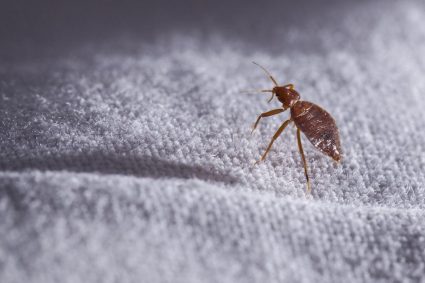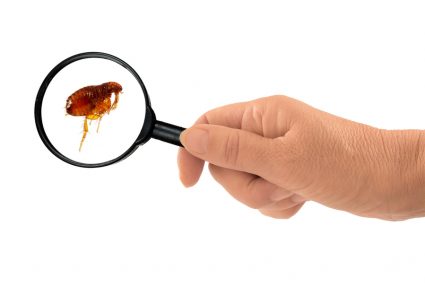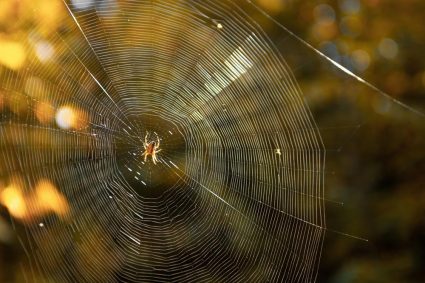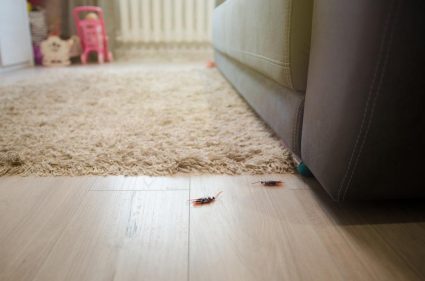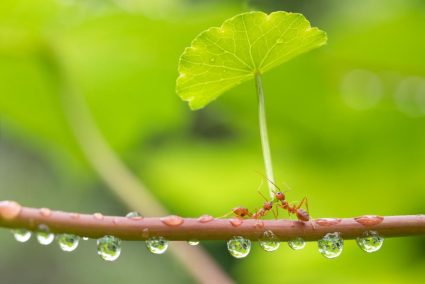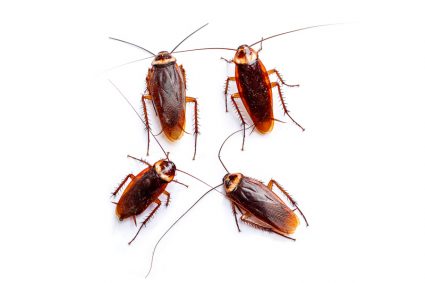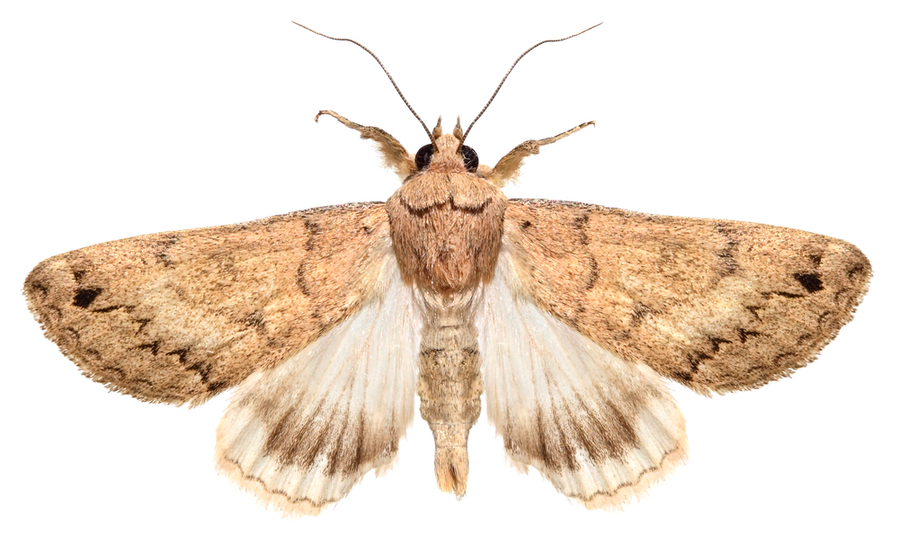
Ever wondered about the whereabouts of moths during the day?
Alternatively, where do moths spend the daytime?
Are you interested in knowing where one can encounter moths during the day?
Moths are generally active at night, and depending on the species and the season, they may hide in several locations during the day. Moths frequently hide themselves during the daytime in places such as:
- Under leaves
- In cracks in tree bark
- In logs or decaying wood
- Underground in burrows
Additionally, some moths take refuge in structures like sheds or attics. Moths generally look for locations where they may keep cool and dry while being well hidden from predators.
Moths can hide in places safe from predators and harsh weather, allowing them to preserve energy before flying at night to search for food and mates or to lay eggs.
Some moth species have also evolved into daytime moths. As a result, moths are frequently seen throughout the day in various locations, either hiding or participating in activities like pollination.
11 Places Moths Go During the Day
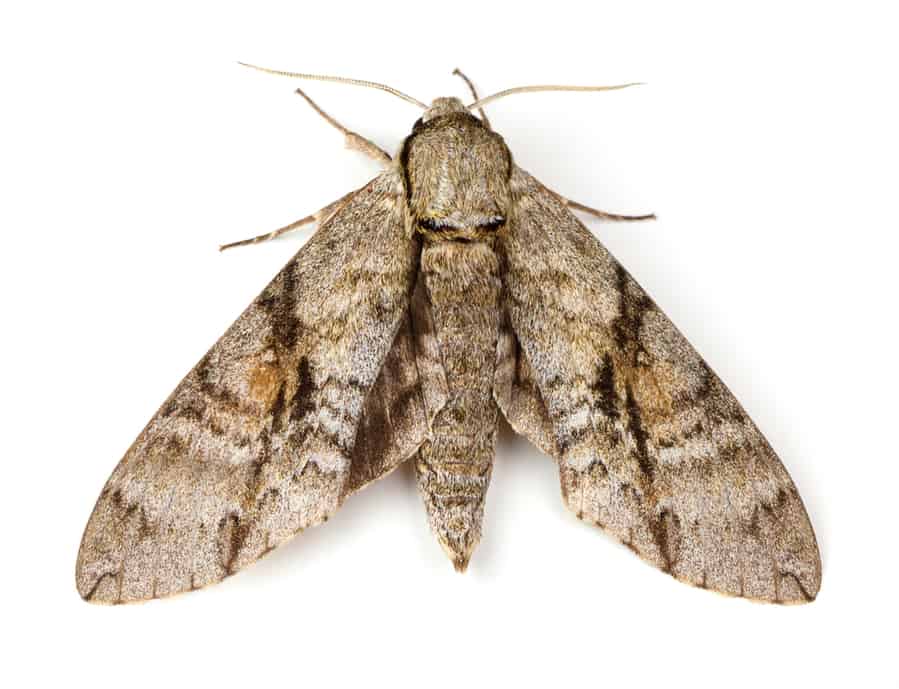
Not all moth species are active during the daytime. Most of them are nocturnal and prefer to fly or hide at night.
Below are 11 places where you could see some moths during the day:
1. Under Leaves
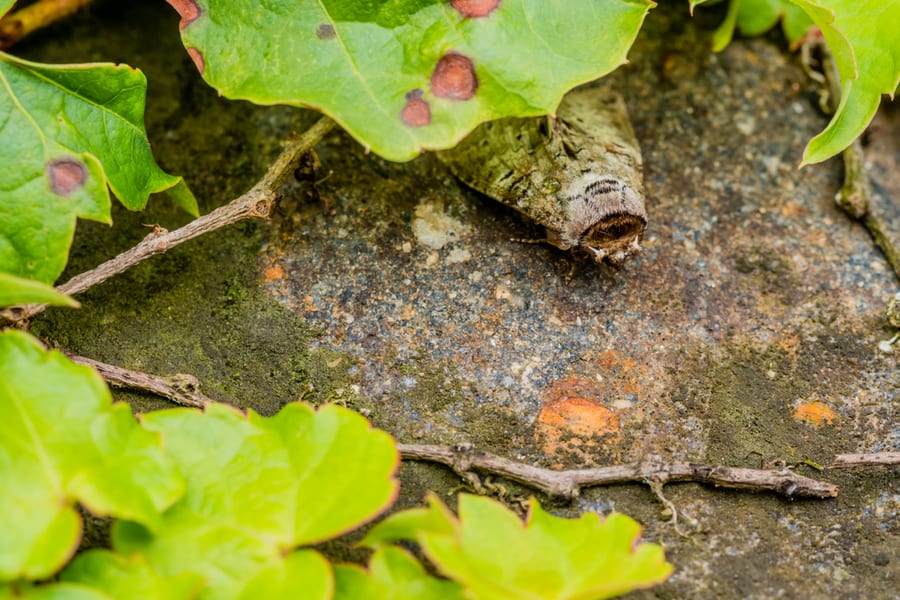
During the day, moths hide under leaves to avoid predators seeing them and to blend in with their surroundings.
The moths can also rest in a cool and damp environment, thanks to the leaves.
Hiding under leaves also puts them close to the host plant or nectar sources, which the moths depend on for sustenance.
2. In Caves or Underground Mines

Some moth species spend the daytime in underground habitats like mines or caverns.
They come out at night to feed but can survive in wet, gloomy habitats.
These moths are known as subterranean moths and can inhabit these habitats like caves or underground mines.
Their reduced wing scales, smaller wings, and smaller eyes all aid in their ability to survive in dark, wet settings.
3. On Flowers
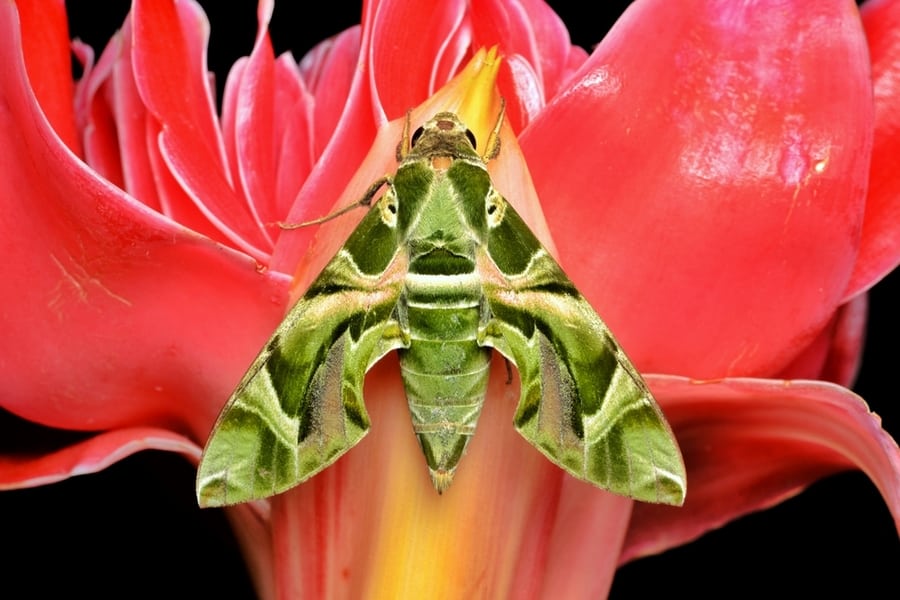
You can see some moth species feeding on flowers when they are active during the day.
These daytime moths have evolved to imitate other day-flying insects like bees and butterflies and to avoid predators.
They are also renowned for being superior pollinators since they fly throughout the day when most other pollinators are active.
For instance, hummingbird moths are known for visiting flowers during the day and are crucial pollinators of various plants.
4. Tree Bark Crevices and Tree Trunks

Certain moth species, including bark moths, developed to closely resemble tree bark in terms of colors and patterning.
They may blend in with their surroundings and evade predators by hiding throughout the day in the cracks of tree bark.
Also, some moth species, including the elephant hawk-moth, are known to spend the day resting on tree trunks.
They are difficult to notice because of their camouflage patterning, which fits in with tree bark.
Due to tree bark, the moths can also rest in a cool and safe habitat.
5. In Gardens
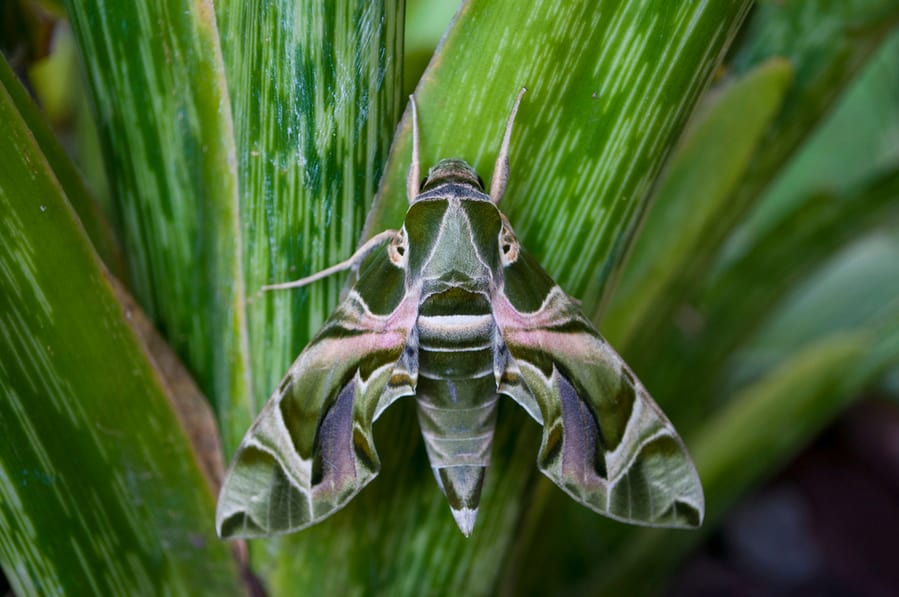
During the day, some moths, like the cinnabar moth, can be seen resting on foliage or flowers.
Typically, this is because they are not powerful flyers and seek out a space in a garden to rest and conserve energy until dusk.
They can also be found in gardens due to their closeness to the host plants they need to feed on.
6. Structures or Buildings
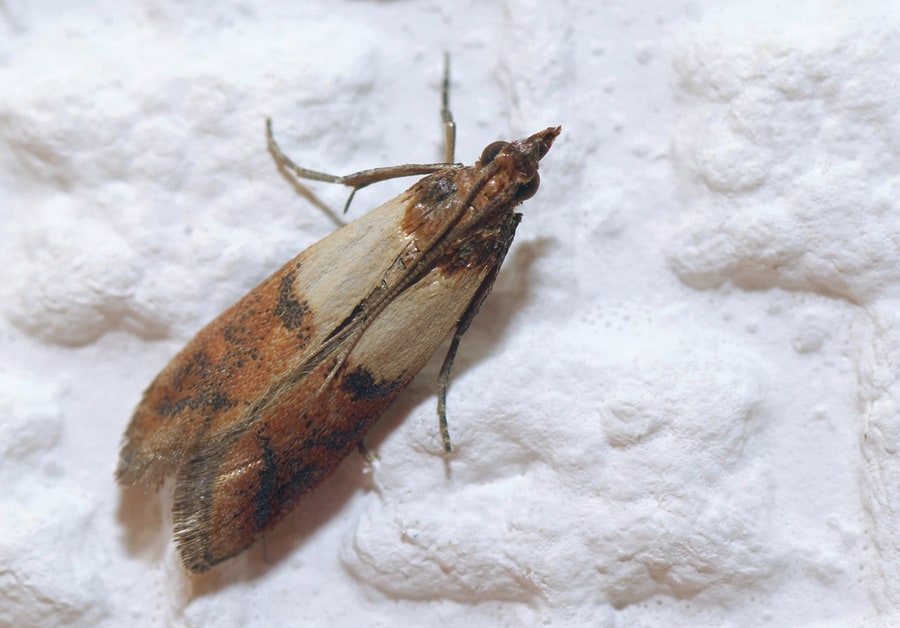
During the day, certain moth species will hide in buildings, such as attics or sheds. These environments offer protection from predators and harsh weather.
They can also find food that they are attracted to, such as fabrics that have been preserved or other substances.
Some moths, like the puss moth, can also be seen sleeping on walls or other structures throughout the daytime.
Their camouflage patterning mixes in with the surface they are sitting on, making it difficult to identify.
They can evade predators and save energy by engaging in this behavior.
7. Rotting Wood or Logs
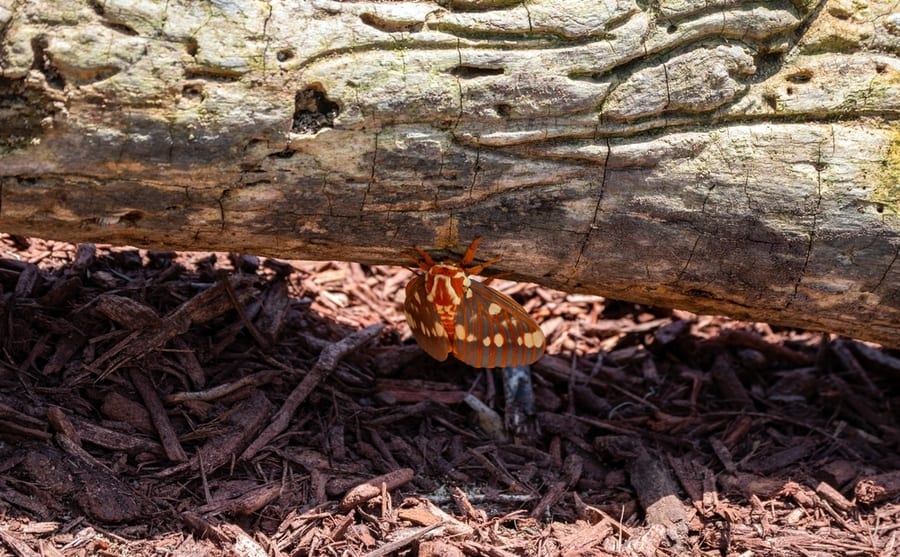
Some moth species, like the Polyphemus moth, spend the day lurking in rotting wood or logs.
The moths can find cover in these settings and are frequently close to the host plants they depend on for food.
Additionally, the high humidity in logs and decomposing wood is ideal for moths.
8. Underground Burrows
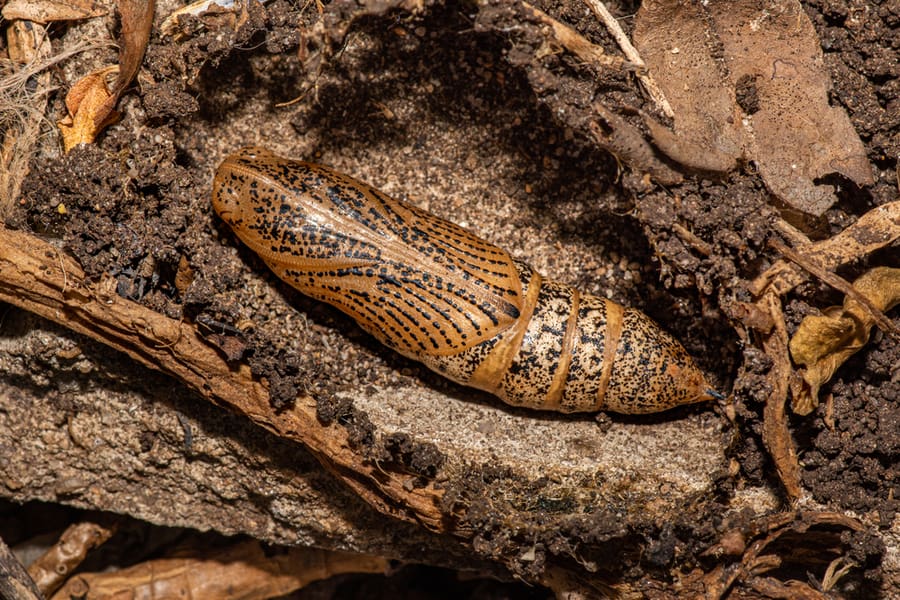
Some moth species, like tiger moths, will excavate underground caves to spend the day in them.
Since the soil has a lower temperature than the surface, it offers them a cool, safe environment and a place to rest during the day.
Species active during the sweltering summer months exhibit this behavior more frequently.
9. On the Ground

During the day, some moths, like underwing moths, can be seen sleeping on the ground.
They are difficult to notice because of their ground-blending camouflage patterning.
They can evade predators and save energy by engaging in this behavior.
10. Clothes Closets
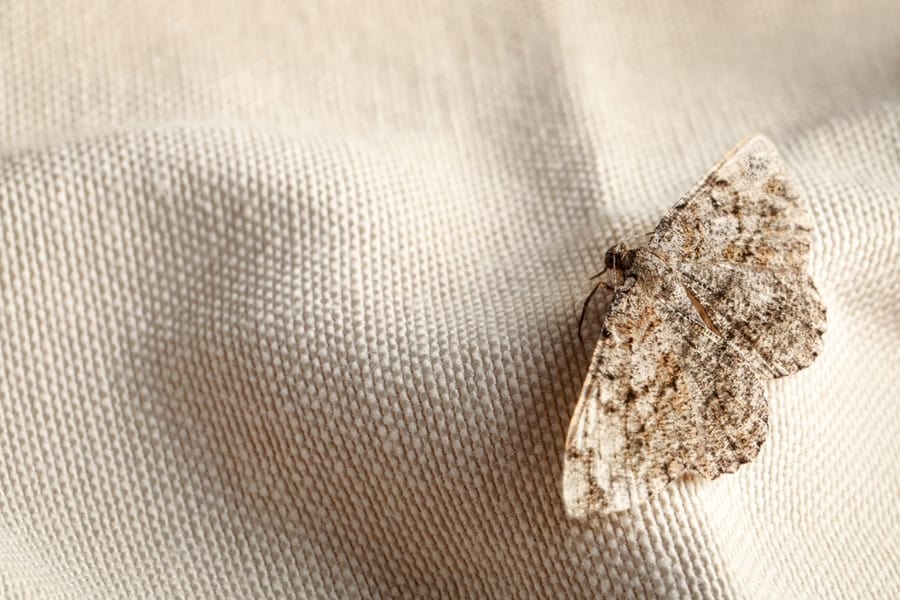
Because natural or synthetic fabrics attract moths as food sources, some can hide inside clothes closets throughout the day.
This is especially true if there are natural or synthetic garments present. They can lay eggs and harm clothing, especially:
- Wool
- Fur
- Silk
11. Dense Vegetation

During the day, certain moth species hide within dense vegetation, such as thick shrubs or tall grass.
This provides them a hiding place and easy access to host plants or nectar sources.
The dense foliage serves as cover and creates a wet atmosphere.
Conclusion
Moths are mostly active at night and hide during the day to avoid being seen by predators, save energy, and remain in habitats that are conducive to survival.
Moths frequently hide out during the daytime in various places, including under leaves and tree bark fissures.
Some moths are also active during the day and can be seen resting in gardens, tree trunks, or underground settings like caverns or mines. They can also be seen feeding on nectar from flowers.
Moths have adapted and developed camouflage patterns that enable them to blend in with their surroundings and evade predators.
Frequently Asked Questions
Are Moths Dangerous to People?
Most moths are not dangerous to human health and do not affect people.
Certain moth species, like the clothing moth, can only harm textiles and other items made of natural fibers.
What Catches the Moths’ Attention?
Moths are drawn to lights because they are designed to travel using the moon and stars. The dazzling light from a bulb can fool them into flying toward it by resembling the heavenly lights.
Moths exhibit a behavior known as positive phototaxis, in which they move toward the light rather than away from it.
Moths are drawn to light, floral fragrances and the pheromones emitted by potential mates of the same species.
Additionally, some moths are drawn to specific colors, such as UV light.
How Can I Prevent Moths From Entering My House?
You can try using mothballs or pheromone traps, sealing any outside holes or openings to prevent moths from getting in your house.
Also, routinely vacuuming and cleaning to remove moth eggs or larvae and putting fabrics and other items that moths could be drawn to in airtight containers help repel moths.

